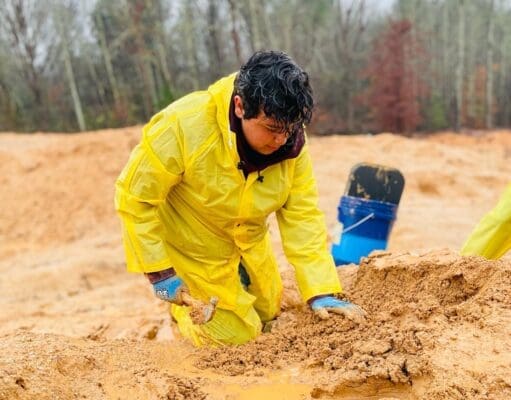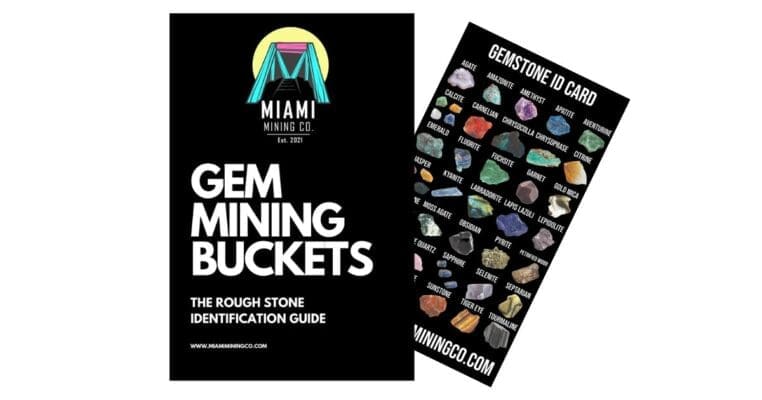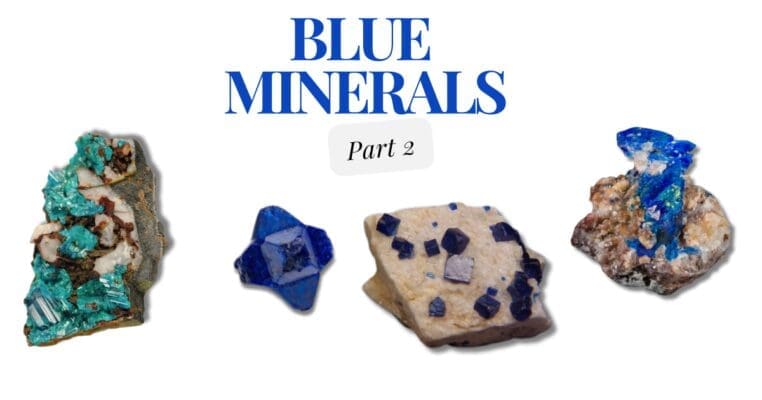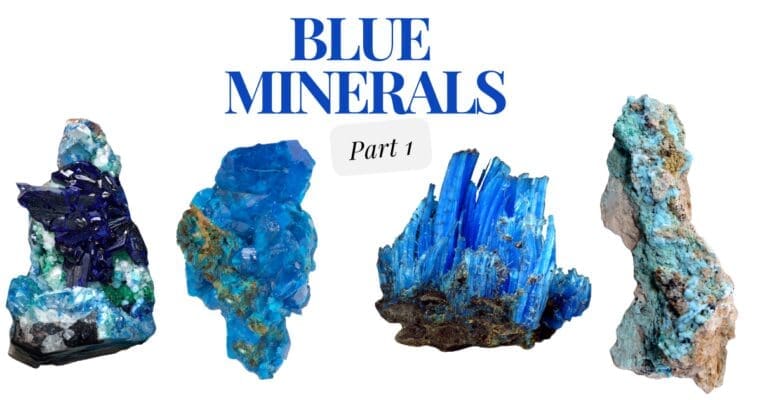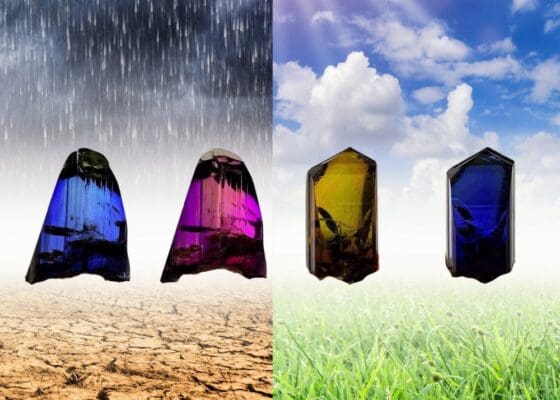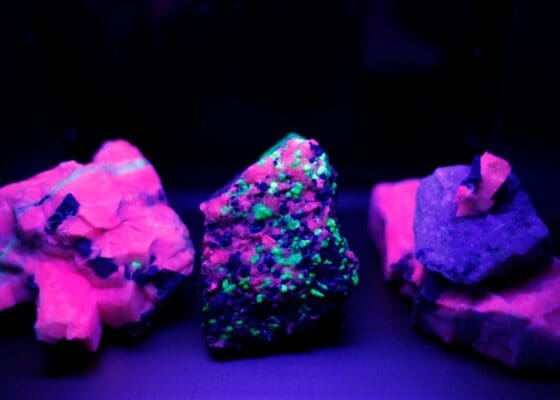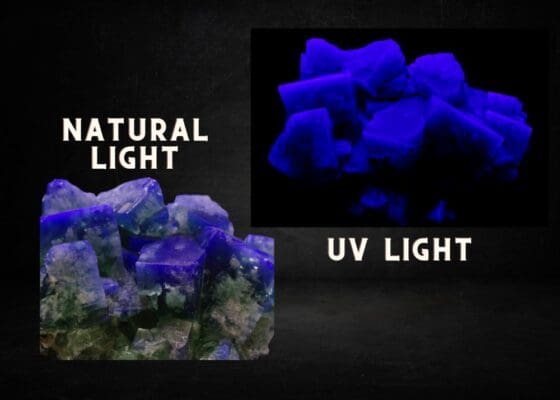-
×
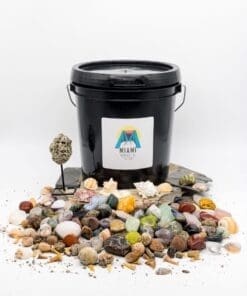 ULTIMATE Gem Mining Bucket
1 × $100
ULTIMATE Gem Mining Bucket
1 × $100
Gem Mining Near Me: A Comprehensive Guide to Gem Mining in All 50 States
The vast and varied landscapes of the United States are not just scenic wonders; they’re [...]
3 Comments
26
Sep
Sep
Discover the Wonders Inside Your Gem Mining Bucket with Our Digital Gem ID E-book!
Welcome, Gem Enthusiasts! We’re thrilled that you’ve joined us today by scanning the QR code [...]
08
Jul
Jul
Exploring the Fascinating World of Blue Minerals: Caledonite, Cumengeite, Boleite, and Diaboleite (Part 2)
Welcome back to our journey through the world of blue minerals! This time, we’re diving [...]
15
Jun
Jun
Discover the Cool World of Blue Minerals: Chalcoalumite, Chalcanthite, Liroconite, and Linarite (Part 1)
Welcome to the fascinating world of blue minerals! Today, we’ll explore four amazing blue minerals: [...]
14
Jun
Jun
What Is January’s Birthstone? Discover the Garnet Gemstone
Introduction Garnet, the birthstone for January, is renowned not just for its beauty in jewelry [...]
1 Comment
07
May
May
The Collector’s Guide to Birthstones
Introduction Definition and Explanation of Birthstones Birthstones are minerals or gemstones that are traditionally associated [...]
06
May
May
Color-Changing Minerals: Marvels of the Mineral Kingdom
Introduction Delving into the world of Color-Changing Minerals unveils a spectrum of geological stories. These [...]
09
Apr
Apr
Unstable Minerals: A Fascinating Dive into Earth’s Dynamic Gems
Introduction: The Allure of Unstable Minerals Minerals, by their very nature, are indicators of the [...]
08
Apr
Apr
Luminescent Minerals: The Unseen Beauty Revealed by UV Light
Introduction: The Hidden Colors of Minerals Exploring the silent, dark underground, one might never suspect [...]
07
Apr
Apr
Fluorescence in Minerals: Unveiling the Glow of Nature’s Treasures
Introduction: The Luminous World of Minerals Step into the enchanting world of fluorescence, where hidden [...]
06
Apr
Apr
Reversible Color in Minerals: The Enigma of Nature’s Palette
Introduction: The Phenomenon of Mineral Color Transformation The realm of mineralogy is rich with wonders, [...]
05
Apr
Apr

